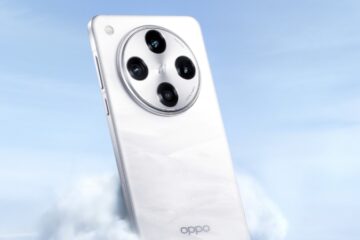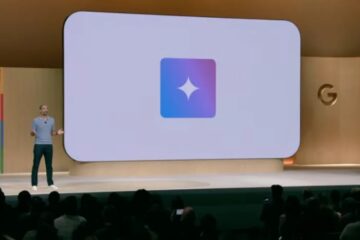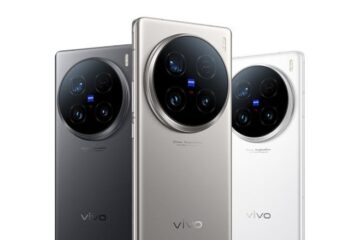Know more about How Elon Musk is trying to take on Zoom and Google meet with X’s new Feature


Elon Musk’s X is making significant strides toward becoming an all-encompassing app, and the platform’s ambitions are far from modest. Already equipped with video calling capabilities, plans to integrate payment systems, and an AI chatbot embedded within its framework, X is now poised to challenge established video conferencing giants like Zoom and Google Meet.
The existence of this upcoming feature was hinted at by Chris Park, an employee of X, who shared a screenshot of the platform’s video conferencing interface. The design closely mirrors that of Zoom and Google Meet but introduces unique elements and color schemes that set it apart. Park further revealed that the video conferencing tool is currently undergoing internal testing. He and his colleagues have tested it, emphasizing its potential to stand as a robust alternative to not only Zoom and Google Meet but also Microsoft Teams.
Among the anticipated features is the ability to pin the active speaker to the top of the screen, as well as improved notifications for participants joining or leaving the meeting. Additionally, another developer on X mentioned that the platform will generate a unique code for each meeting, which can be shared with others to grant them access to the call. While an official launch date has yet to be announced, the release of this new video conferencing tool is expected in the near future.
In other developments within X, the Grok 2 AI chatbot has now been upgraded to generate images. However, this feature has drawn significant criticism from users who have found the images created by the AI unsettling, with some even resembling real-life individuals. Concerns have been raised about the implications of such content being readily accessible on the platform, as Grok 2 appears to be facilitating the creation of AI deepfakes, explicit images, and potentially infringing on copyright laws.
The approach taken by Musk’s platform in implementing AI tools, particularly in image generation, has been called into question. Unlike other AI platforms like Microsoft’s or OpenAI’s, which have faced backlash and imposed strict guidelines prohibiting violence and the use of real-life characters in AI-generated content, X seems to have adopted a more lenient stance. This has led to growing concerns over the ethical and legal ramifications of such a policy, especially as the platform continues to expand its capabilities in the AI space.


